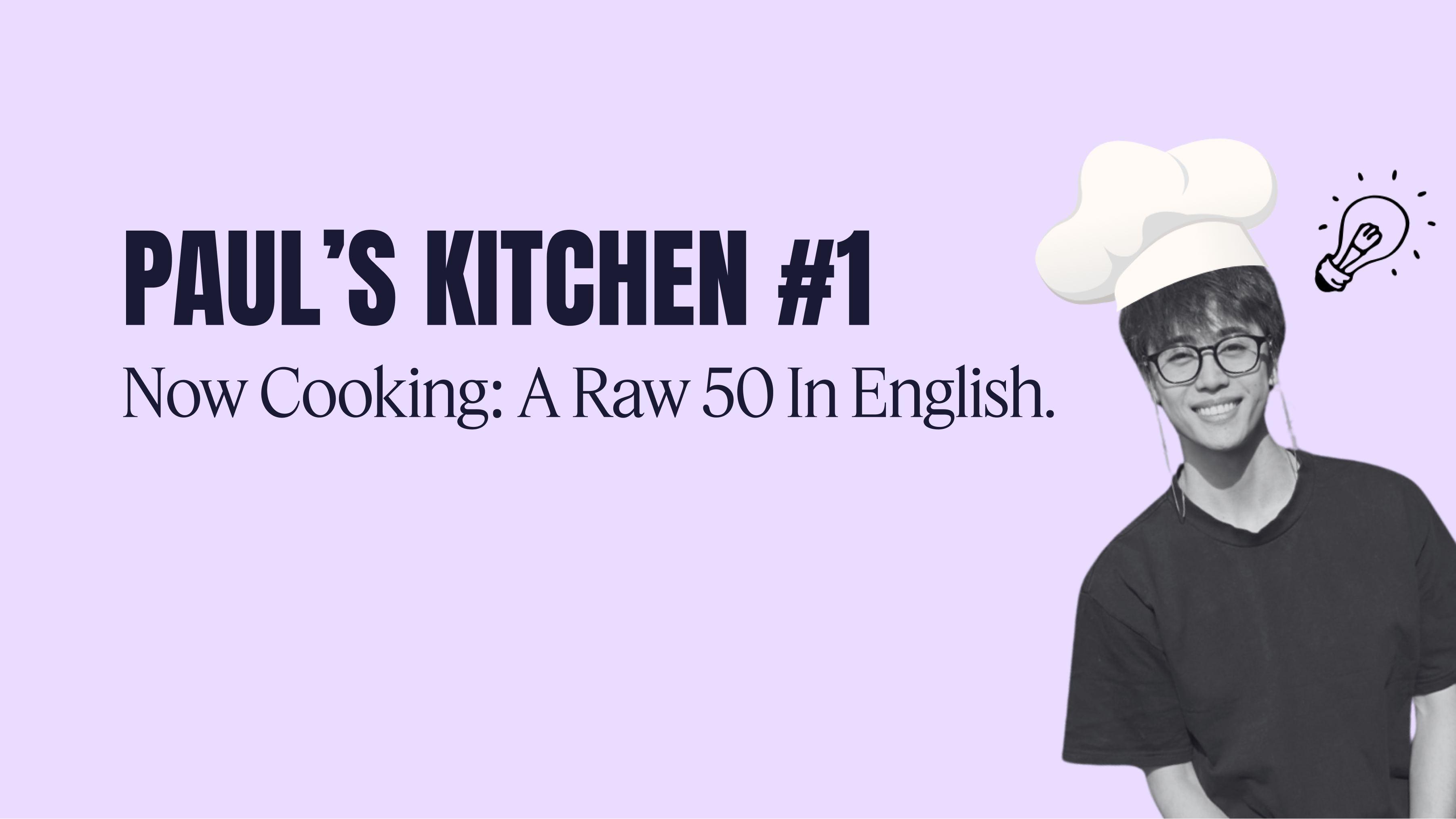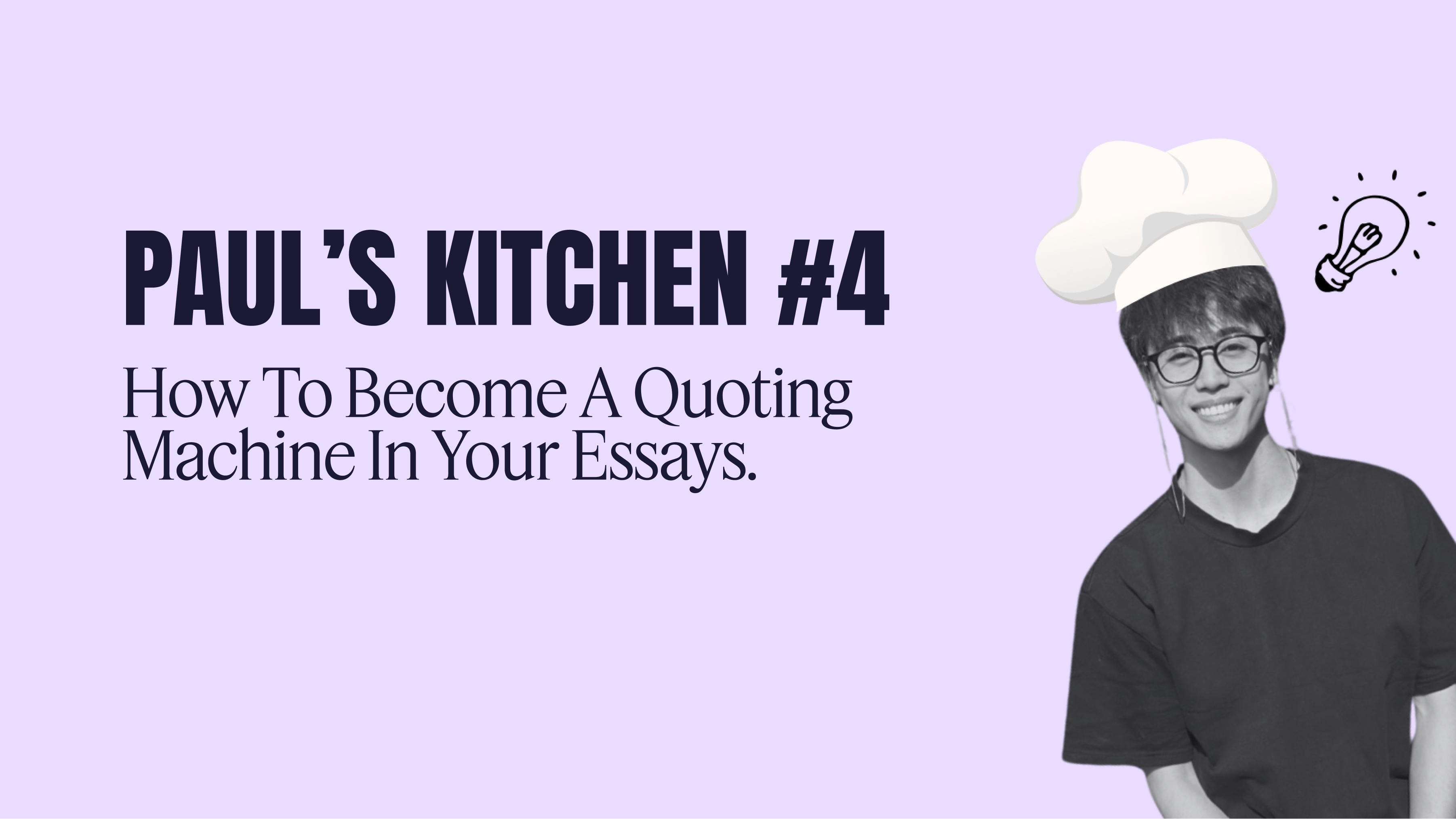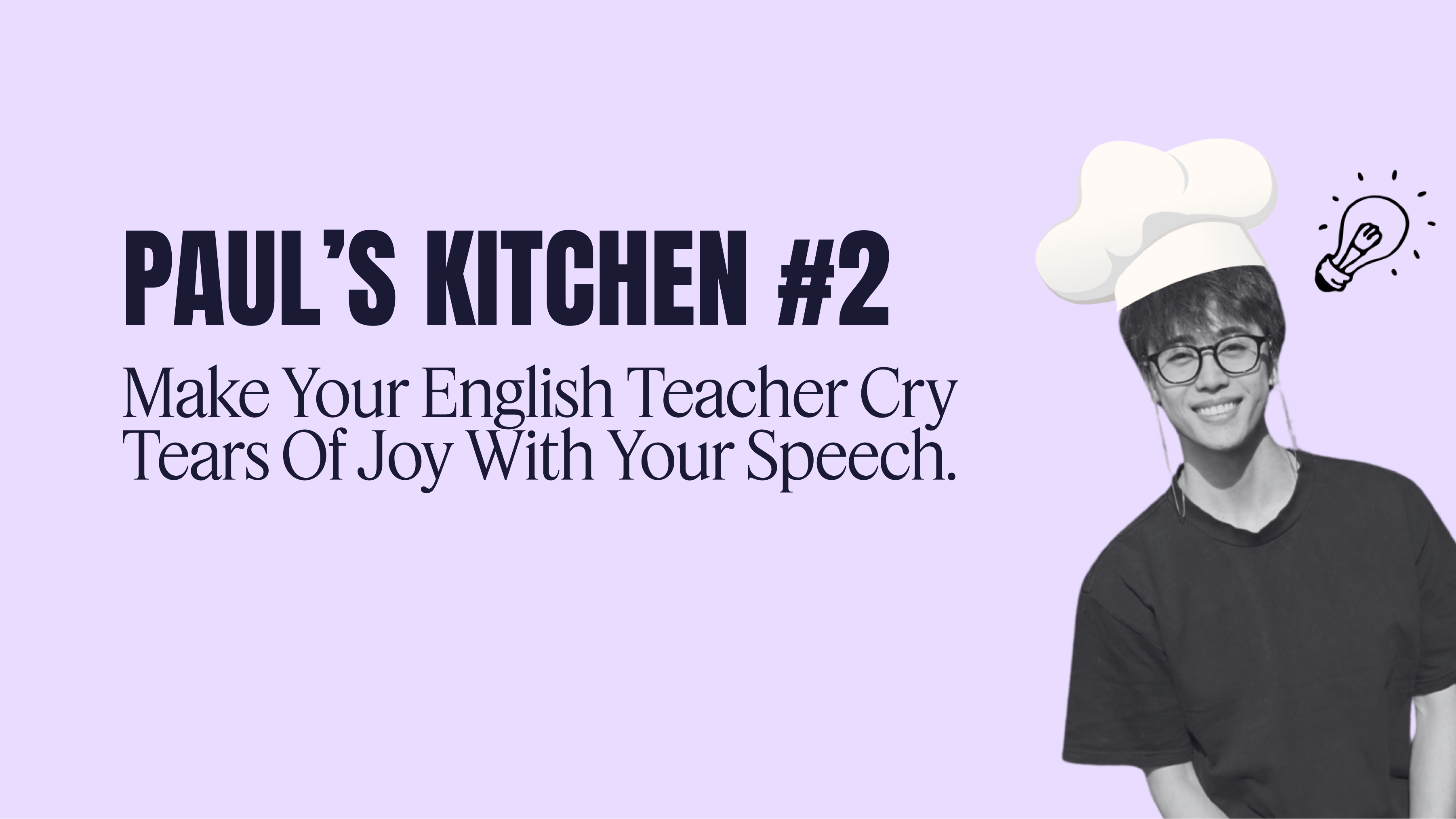Now cooking: A raw 50 in English.

Hey there, and welcome to the official Lindsey’s fortnightly newsletter! As SAC season ramps up and you move from your first text analysis onto your second, it’s time to lock in — the time to become an academic weapon is now. In this newsletter, which we’ll send every fortnight until your end of year exam, I’ll answer your burning questions, introduce interesting vocabulary words that I like, keep you up to date on the blog, and drop little bits of advice in your inbox.
Don’t worry, we’re all in this together (well, not me, I did my VCE ages ago, but it’s the thought that counts, right?) Take a big breath and let’s push on!
Some vocab to put on your list 🤌
“diatribe”
a forceful and bitter verbal attack against someone or something
In an example: “In her diatribe against AI art, Munroe calls upon her mixed audience of comic book artists, creatives, and business executives at Comic-Con 2025 to advocate for stronger restrictions and greater transparency around AI art in the industry.”
“hegemony”
leadership or dominance, especially by one state or social group over others
In an example: “In High Ground, Johnson exposes the bloody impact of Western hegemony on Aboriginal people and reveals an undertold history.”
“the sublime”
a greatness beyond all possibility of calculation, measurement, or imitation; the sense of awe at witnessing something larger than yourself
In an example: “Mary Oliver’s poetry explores the beauty of the natural world as she unravels the quality of the sublime as it may be found in everyday life.”
Today's recipe 🍳
How to write a language analysis intro
Every school has their own acronym for a language analysis intro. I’ve heard some funny ones — CD FAST CAT, CATTIPADS… a lot of cats going round apparently. My preferred one is ICCTAP. Let’s break it down below.
- Issue: What has happened recently to spark the article that you’re reading? Why is the author writing? What are they writing in response to?
- Context: Here’s where you tell us things like the author’s name, the form of the piece, where and when it was published. All that fun stuff that you find in the background information box.
- Contention: What is the author’s opinion? What are they trying to convince the audience of during their piece? The contention should always start with the word “that”.
- Tone: How does the author deliver their message? Try to go for at least two tone words — an author’s tone rarely stays the same from start to finish. You can say something like: “mostly optimistic, although at times, somewhat frustrated.”
- Audience: Who is the author writing or speaking to? Try to be as specific as you can about this.
- Purpose: What action or behaviour does the author want the audience to take? Sometimes, this really is just “to convince the audience of the contention”, but if possible, try to make it a tangible action: “to protest”, “to boycott”, “to vote”, “to donate”, “to attend”, etc. This should always start with the word “to”.
Putting it all together, we get something like this:
The recent decision to go cashless at Hailey’s Local Store has prompted the store manager, Hailey Astaire, to place an advertorial in the local newspaper, contending that going cashless is for the benefit of her customers. Targeting readers of the newspaper — including both existing and new customers to the store — Astaire deploys an overly optimistic and reassuring tone in order to attract new customers and defend what may be an unpopular decision against her existing ones. In response, local resident Samuel Morricone writes in the same newsletter a week later, accusing Astaire in an indignant, and at times, sarcastic tone, of obscuring her profit-driven motives. He urges readers to reach out to Astaire and personally complain.



